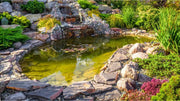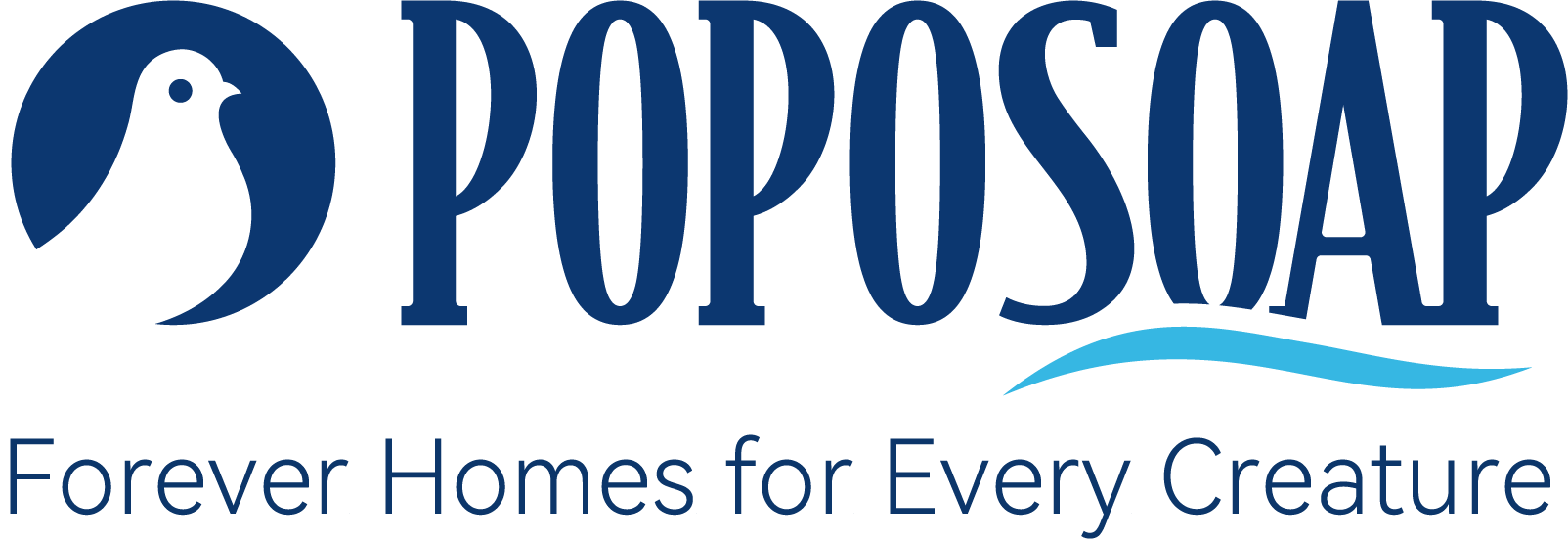
A green, soupy pond can feel like watching your dream water-garden turn into a swamp overnight. You vacuum, scoop, add barley bales—yet the algae keep coming back. Somewhere in the search results you spot a simple pantry chemical and wonder, “Could hydrogen peroxide in a pond really clear the water—without harming my koi?” This guide answers that question in plain language and shows you how to pair the treatment with smart gear—like Poposoap’s pond aerators, pond filters, and solar fountains—for crystal-clear, fish-safe results.
Introduction: A Natural Way to Combat Pond Algae

Hydrogen peroxide (H₂O₂) decomposes into nothing but water and oxygen. If used correctly, it will annihilate pea-soup blooms, blanket weed, and obstinate string algae in a matter of hours, sometimes quicker than copper-based algicides. In the process, the additional oxygen provides the fish with an instant stimulus, if there is proper circulation.
That’s where gear like the Poposoap Pond Aerator shines. It keeps dissolved-oxygen levels stable while the peroxide works its magic. Powered by the sun, Poposoap’s aerator runs around the clock without plugging into the mains—perfectly reflecting the brand’s aim to deliver hassle-free garden products that add beauty and joy.
What Is Hydrogen Peroxide and How It Works in a Pond

At 3–35 percent concentration, hydrogen peroxide is a clear liquid that releases a burst of reactive oxygen species when it contacts organic matter. Those free radicals punch holes in algal cell walls, causing the colony to bleach and collapse. The reaction also liberates pure oxygen gas—why you see fizzing on the pond’s surface after dosing.
Continuous aeration is critical. While peroxide boosts O₂ temporarily, decomposing algae can consume oxygen and spike ammonia. A Poposoap pond aerator or low-profile Poposoap Solar Fountain keeps water moving so gases escape and fish don’t suffocate.
Types of Algae It Can Treat

- Single-cell green water – Suspended planktonic algae that turns the pond opaque.
- String algae / blanket weed – Long, fibrous strands clinging to waterfalls and rockwork.
- Surface biofilm – Slimy mats that dampen oxygen exchange.
Hydrogen peroxide for algae excels against these nuisance forms yet leaves higher plants—lilies, irises, water lettuce—largely untouched when dosed properly.
Is Hydrogen Peroxide Safe for Koi and Other Fish?

Short answer: yes, when you follow the numbers. The bigger risk lies in rapid pH swings or oxygen crashes if the pond already suffers from low circulation. Always test water before treating, and ensure filters are ready to trap the mass of dead matter that follows.
A cartridge-style Poposoap Pond Filter makes that task easy: coarse mesh screens catch clumps, layered pads arrest fine debris, and bio-ceramic rings convert any ammonia released by decaying algae—no tools required to rinse.
If you’re still wondering, “Is hydrogen peroxide powder safe for koi ponds?” remember that powdered sodium percarbonate dissolves into H₂O₂ and soda ash. The same dosage guidelines below apply; simply pre-dissolve the granules in a bucket to avoid localized burns.
Dosage Guidelines and Application Method
- Concentration – 3 % liquid peroxide from the pharmacy is the safest starter strength.
- Rate – 100 ml per 100 US gallons (≈380 L) for mild blooms; up to 150 ml in severe cases.
- Dilute first – Mix the dose in a watering can with pond water.
- Disperse slowly – Walk the perimeter and drizzle into areas of strongest flow, never directly onto fish.
- Circulate – Run a Poposoap pond aerator or solar fountain for at least six hours post-dose to distribute oxygen evenly and prevent stratification.
Want to step up to 35 % “food-grade” peroxide? Divide the above liquid volumes by twelve, wear gloves, and add very slowly. Remember: hydrogen peroxide and algae die-off can double ammonia in a cramped koi pond if you overdose.
How Often Should You Use It?
One full treatment usually clears green water within 24 hours and string algae within 48. Scrub loosened strands off rocks, back-flush the filter, and wait a week before repeating. If you need peroxide more than twice a month, focus on the root causes—nutrient overload, poor flow, scant shade—rather than chemical crutches.
Pros & Cons of Using Hydrogen Peroxide in Ponds

Pros
- Breaks down into fish-safe by-products (H₂O).
- Adds temporary oxygen lift.
- No heavy-metal residues.
- Effective against multiple algae species.
Cons
- You can burn gill tissue at high concentration.
- Dead algae demand vigorous filtration and water changes.
- Overuse may disrupt the pond’s microbial balance.
Balancing these trade-offs is easier with equipment built for quick maintenance. Poposoap’s ABS housings, snap-latches, and solar panels mean fewer cords, fewer tool trips, and faster clean-ups after treatment.
Expert Tips for Safe and Effective Use
- Treat in the morning when dissolved oxygen is naturally higher.
- Shade the pond for a few hours post-dose; UV breaks down peroxide quickly.
- Turn off UV clarifiers during treatment, they degrade peroxide and waste your money.
- Vacuum or net out dead mats before they sink and rot.
- Re-seed bio-media with bottled bacteria if ammonia or nitrite climbs.
- Pair with aeration—a Poposoap solar pond aerator clips to a floating raft, bubbling where power cords can’t reach. Poposoap Product Manual…
Long-Term Prevention Strategies
Hydrogen peroxide in pond care works best as a reset button, not a lifestyle. Keep algae from rebounding with:
- Robust mechanical filtration – Poposoap pond filter sized for the pond turn over the volume every two hours.
- Consistent circulation – A Poposoap solar fountain pushes a gentle laminar sheet across the surface, disrupting stagnant zones yet sparing delicate lilies.
- Aerobic bio-beds – Add lava rock or a DIY bog filter to finish the nitrogen cycle.
- Shade & plant load – Aim for 60 % surface coverage with lilies or floaters.
- Moderate feeding – High-protein koi pellets fuel excess phosphate; follow label rates.
Layer these habits and peroxide retreats to an occasional rescue tool instead of a monthly ritual.
Conclusion: Use with Care, Balance with Nature

Hydrogen peroxide for algae is a sharp scalpel—precise, fast, and clean—when the caregiver respects the dosage and supports pond biology afterward. Follow the guidelines above and the answer to “is hydrogen peroxide powder safe for koi ponds?” becomes a confident yes.
Dose carefully, circulate vigorously, and let Poposoap gear do the heavy lifting: aerators that steady oxygen, filters that trap the fallout, and solar fountains that keep water dancing in the sun. Together, they embody the Poposoap promise of beauty without the headaches, giving you more evenings to lean over the rail and watch koi glide beneath water as clear as liquid glass.







